Emily Cupit Shares Feeding And Watering Tips For Thriving Carrot Plants
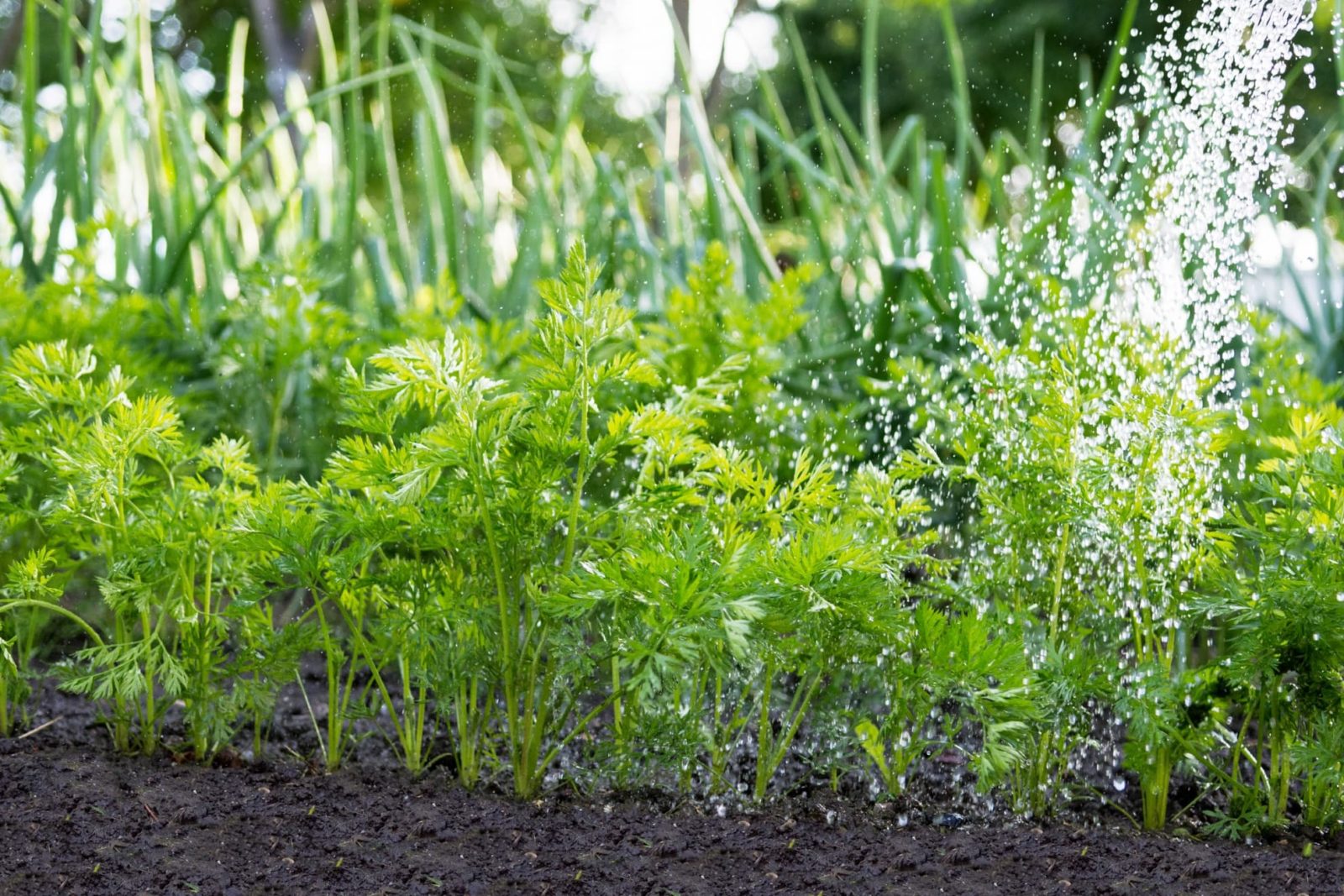
VEGETABLES > CARROTS > FEEDING

Ed is a horticultural therapist, professional gardener and writer. Ed has a BSc in Occupational Therapy from Coventry University and a Diploma in Social and Therapeutic Horticulture (DipSTH) via Thive, the RHS and Pershore College. Ed runs a community kitchen garden in West Sussex, where he leads horticultural therapy sessions.
Reviewed By PETER LICKORISH

Peter is a Horticulture Lecturer and self-employed Horticulturist, with a passion for diverse areas of the industry - from garden design to the science behind plant growth and propagation. He has completed the Royal Horticultural Society’s Master of Horticulture (MHort) Award and lectures on RHS courses at Bedford College.
Contributions From EMILY CUPIT

Emily is a Gardening Writer, Photographer and Videographer from Derbyshire, UK. She is the Founder of Emily's Green Diary - a community of more than 75,000 people who share in her gardening journey.
IN THIS GUIDE
CARROT GUIDES
Common Problems
Container Growing
Feeding & Watering
Growing From Tops
Harvesting
Sowing
Easy to grow and flavoursome, carrots have been a long-term favourite for home growers and vegetable patches.
Part of the Apiaceae family, Daucus carota, or carrots as we know them, originate from the Middle East and hence their preference for full sun and a free-draining growing medium.
When it comes to growing carrots, it can be easy to forget about them as they don’t require much looking after.
However, as with all other vegetables, they do need a certain amount of moisture and some essential nutrients to grow well.
As explained in more depth below.
Watering Carrots
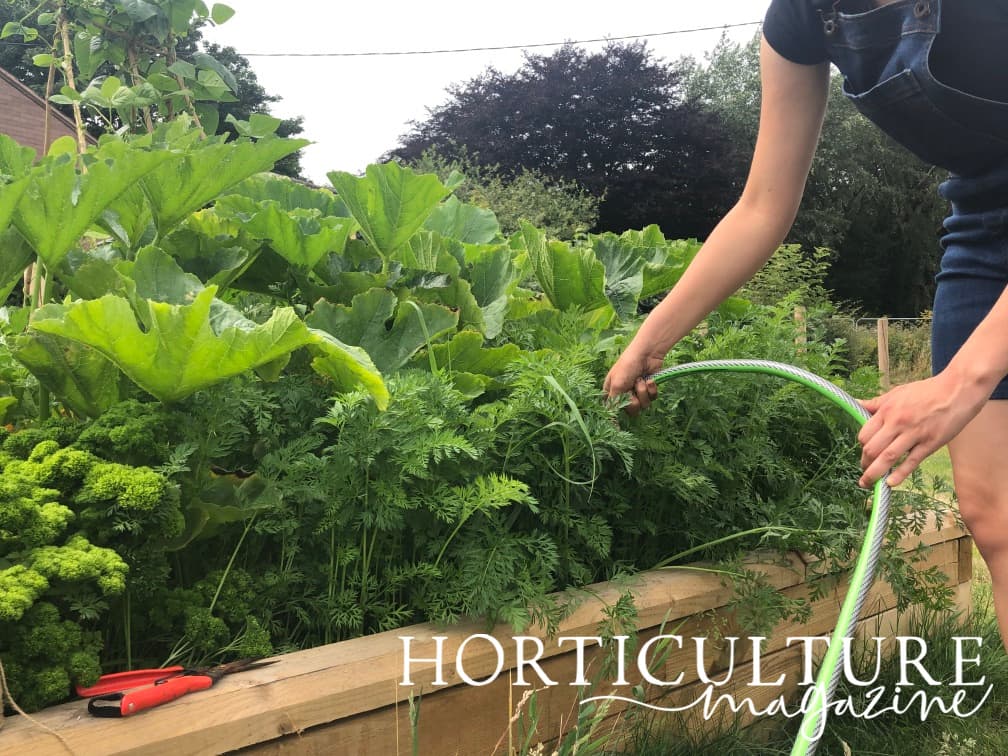
Carrots are almost drought-resistant, making them easy to care for over the summer months.
Thriving in a sunny spot in light soil, carrots will cope with a certain amount of neglect.
However, they do require watering and especially during long dry spells.
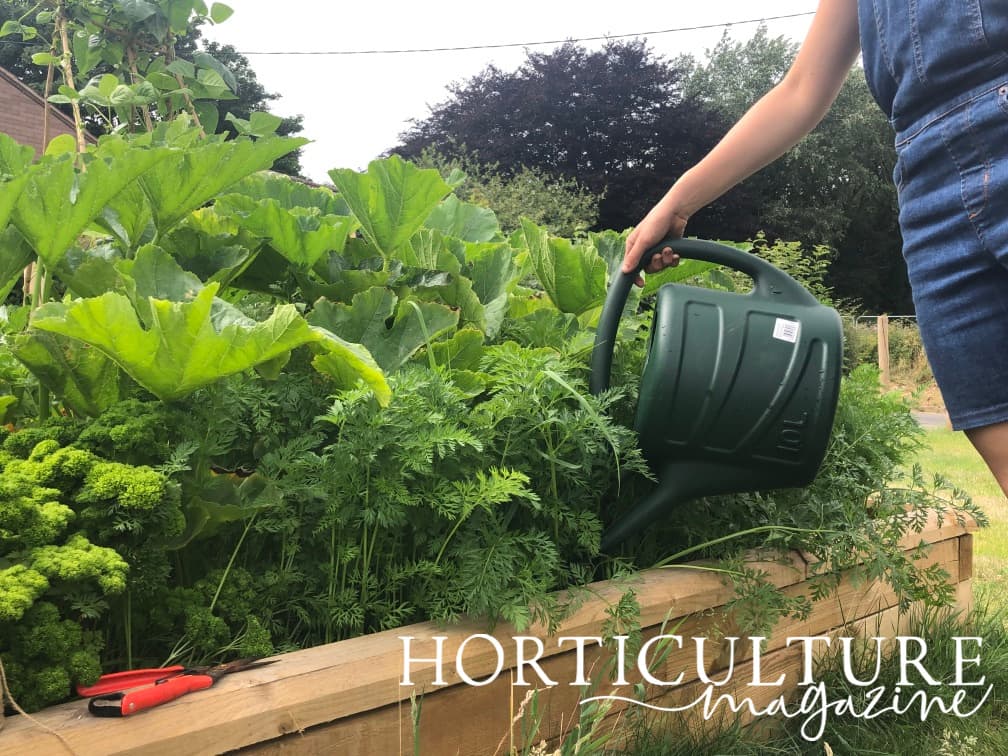
A thorough and deep watering once every two days or so (depending on the weather) should suffice.
If you are unsure if they need more moisture or not, check the soil an inch or two down and if it is dry then water.
Carrots grow well in pots, containers and raised beds, yet it is good to note that if grown this way and especially in smaller containers, they will need watering more frequently than those grown directly in the soil.
Feeding Carrots
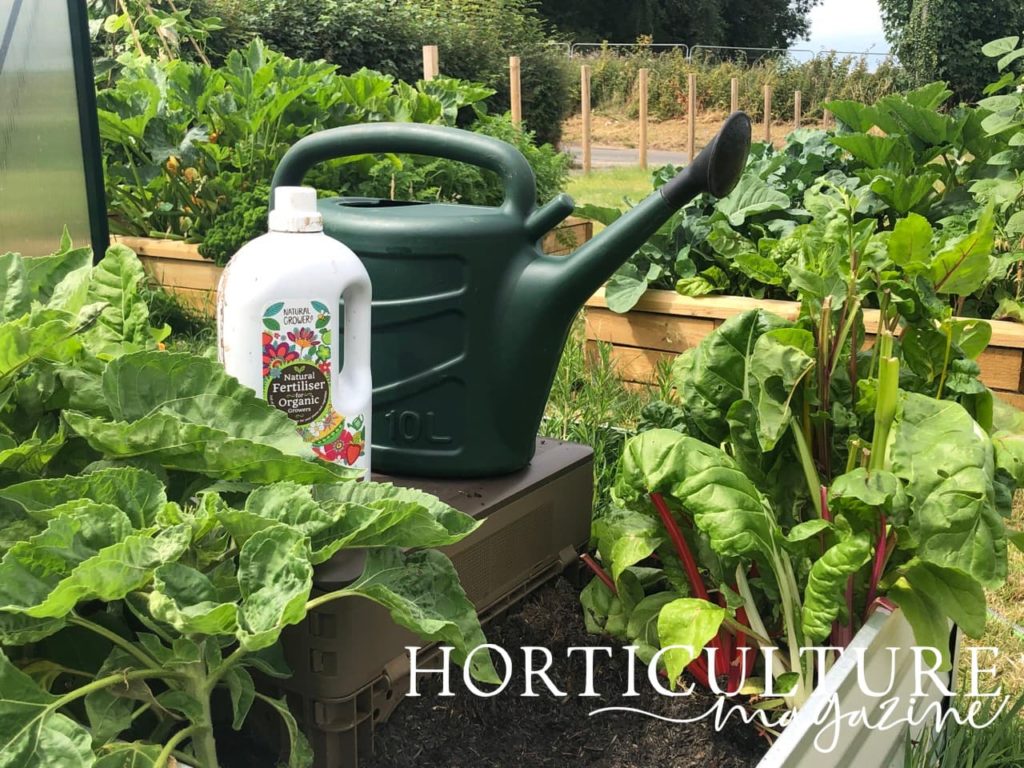
Carrots, like a lot of root crops, are light feeders and will grow well in all but the poorest of soils.
Although, to get the best-sized and tastiest carrots, they do require relatively fertile soil.

Before sowing, it is advisable to prepare the ground by removing any weeds and stones and evenly adding either some well-rotted manure, compost, bonemeal or a slow-release balanced granular fertiliser, to provide the necessary nutrients for the growing season ahead.
However, if you do decide to improve the soil with manure or compost, it is recommended to do this a few months ahead of sowing.
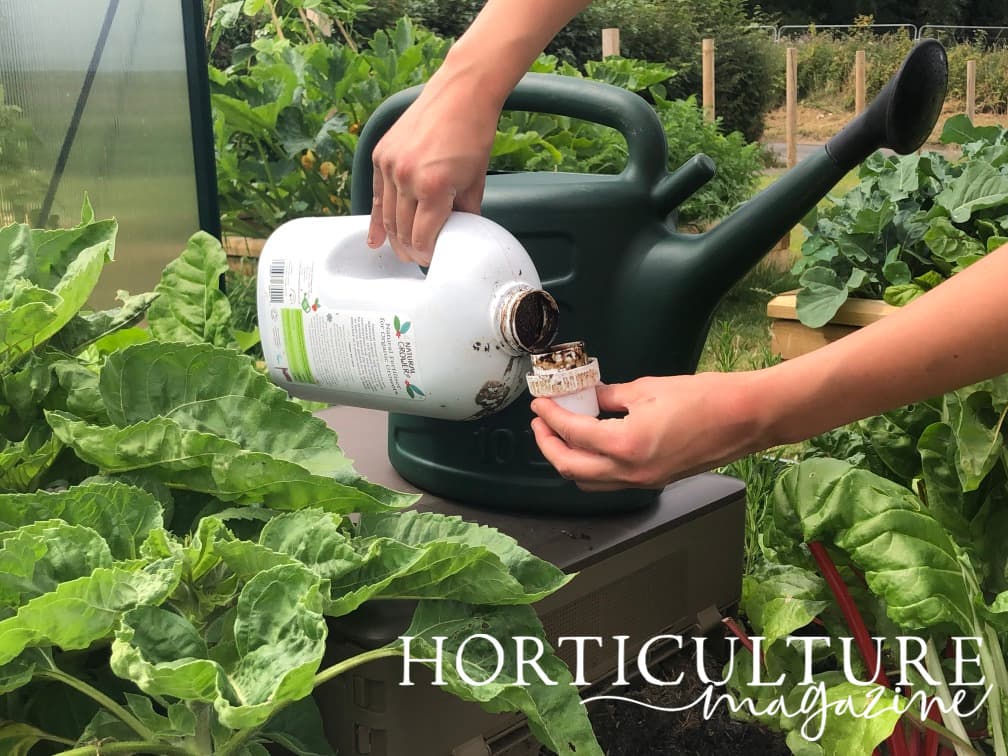
This will allow the soil some time to settle and for the organic matter to break down further, as high levels of nitrogen, which fresh manure contains, can cause the carrots to fork.
“My first port of call when selecting a fertiliser is to look at the N-P-K ratio on the back of the packet,” explains Master Horticulturist Peter Lickorish.
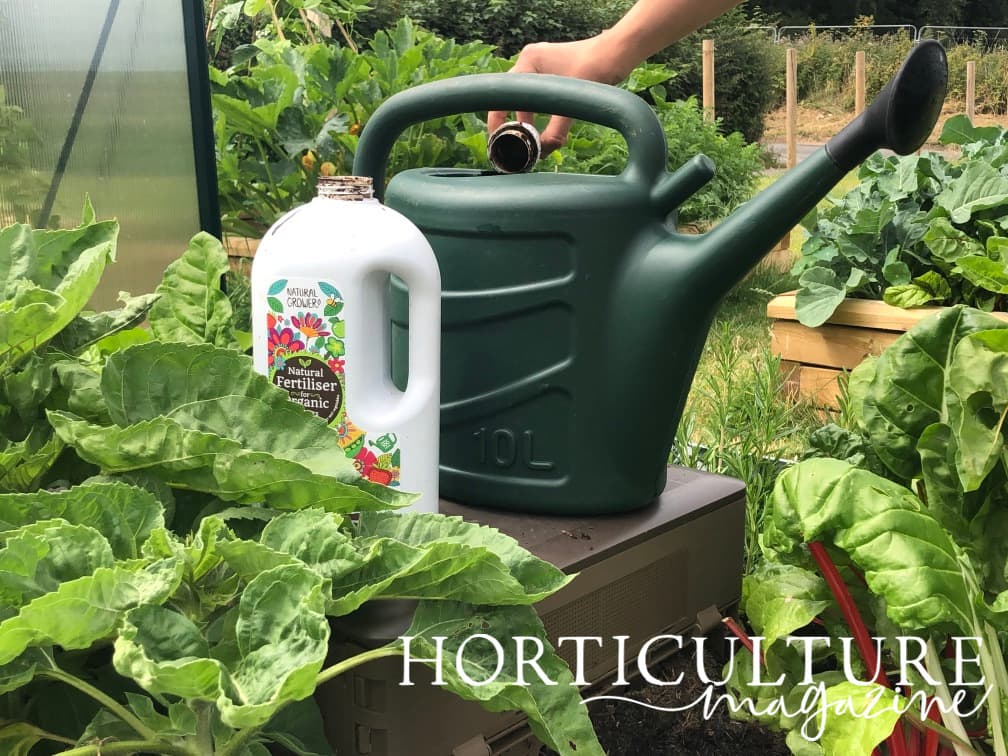
“This tells you the relative proportions of Nitrogen, Phosphorus and Potassium (or Kalium) the product contains.
“For carrots, Nitrogen is not especially important, so look for higher numbers for Phosphorus (as found in bonemeal) or Potassium.
“Fish, blood and bone fertiliser has a ratio of Nitrogen: Phosphorus: Potassium of around 3:9:3, which is a good blend for carrots.”
